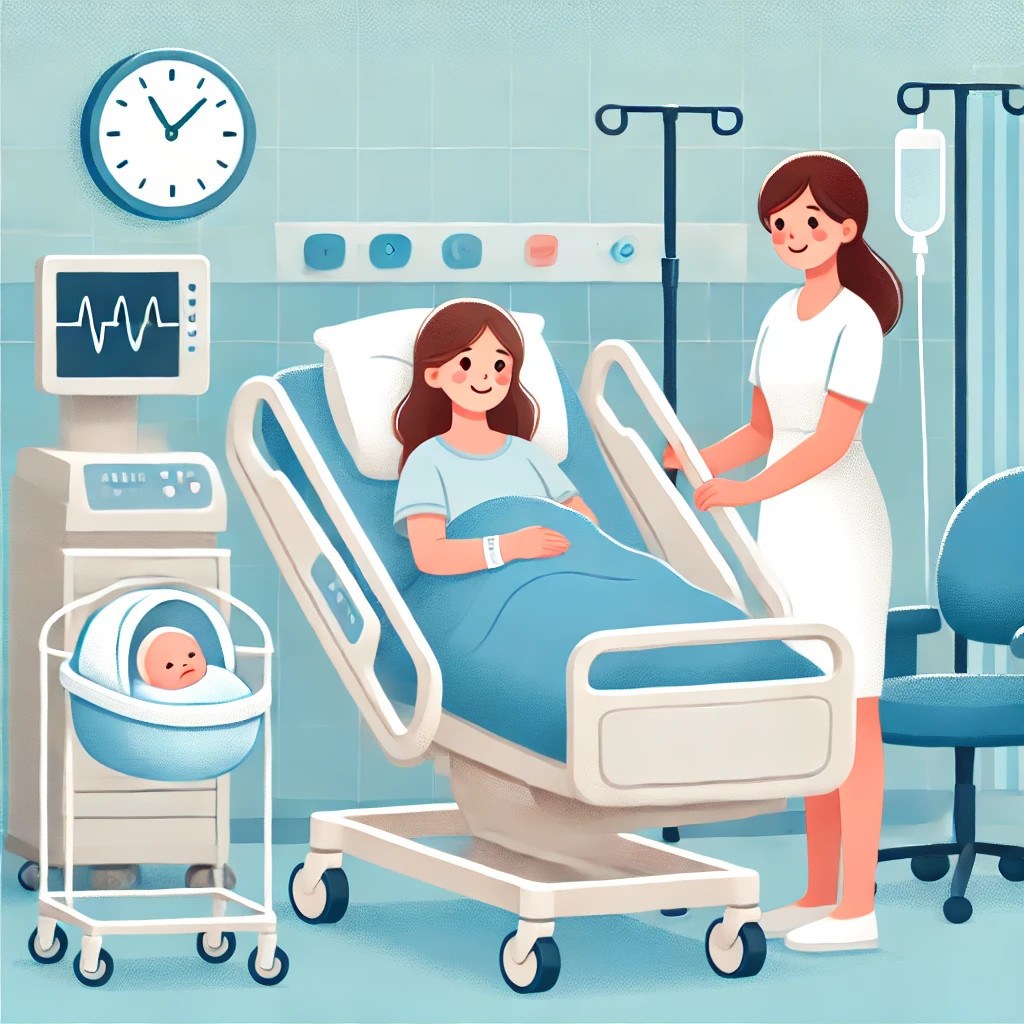Cesarean Section (C-Section)
Best Gynecologist In Delhi
C-Section (Cesarean Section): A Safe and Lifesaving Procedure
A Cesarean section, also known as LSCS (Lower Segment Cesarean Section), is a surgical method of delivering a baby. It is performed when a vaginal delivery poses risks to the health of the mother or baby. This procedure can be planned (elective) or carried out during emergencies, ensuring a safe outcome for both. The surgery involves making an incision in the lower abdomen and uterus to deliver the baby, typically under regional or general anesthesia. While it is generally safe, like any surgical procedure, it carries risks such as infection, blood loss, or longer recovery periods compared to vaginal births. However, advancements in medical technology and surgical techniques have significantly improved its safety.Cesarean sections are often recommended in cases of complications such as prolonged labor, fetal distress, breech presentation, or certain maternal health conditions. Post-operative care, including pain management and monitoring, plays a vital role in ensuring a smooth recovery for the mother.

When is a C-Section Necessary?
While normal (vaginal) delivery is usually the preferred option for childbirth, there are circumstances where a Cesarean delivery becomes essential. Below are some common reasons:
Physical Constraints:
- Contracted Pelvis: A narrow pelvic structure prevents the baby from passing through the birth canal.
- Cephalo-Pelvic Disproportion (CPD): The baby’s size exceeds the capacity of the mother’s pelvis.
Placenta-Related Issues:
- Placenta Previa: The placenta is too close to or blocking the cervix, hindering vaginal delivery.
Previous C-Sections:
- Multiple prior C-sections may weaken the uterine scar, increasing the risk of complications during vaginal delivery.
Abnormal Presentations:
- Transverse (sideways) or breech (feet-first) positioning of the baby.
- Twins or triplets with unfavorable presentation.
Labor Complications:
- Fetal Distress: Abnormal heart rate or oxygen levels during labor.
- Prolonged or Obstructed Labor: Strong contractions fail to progress labor, or the baby is stuck due to positioning.
- Failed Induction: Labor does not progress after breaking the water bag.
Other Medical Conditions:
- Cervical tumors, fibroids, or malignancies.
Vaginal hysterectomy is done for various reasons, and some of the reasons include the following:
Uterine fibroids
Uterine fibroids are benign growths that develop in the uterus and cause abnormal bleeding, pelvic pain, and pain during sexual intercourse.
Gynaecological cancers
A vaginal hysterectomy is suggested as an effective treatment plan when gynaecological cancers like a womb, cervical, and ovarian cancer are in their early stages.
Uterine prolapse
It is a condition when the muscles and tissues in the pelvis weaken, which leads to the prolapse of the uterus into the vaginal canal. Vaginal hysterectomy is considered an effective treatment for uterine prolapse, as this process removes the uterus and the supporting tissues and also relieves other symptoms.
Chronic pelvic pain
A vaginal hysterectomy is the best option for women experiencing severe pelvic pain who are not responsive to other treatments.
A vaginal hysterectomy can also address issues such as endometriosis and abnormal vaginal bleeding. You can consult your gynaecologist to learn about the risks and benefits associated with the procedure.
Possible Complications of a C-Section
While Cesarean deliveries are widely considered safe, some risks include:
For the Mother:
- Excessive Bleeding (Postpartum Hemorrhage): May require blood transfusion or additional medical interventions.
- Wound Infections: Infections at the surgical site.
- Organ Injuries: Rarely, the bladder or intestines may be injured, particularly in cases of previous surgeries.
- Anesthesia Complications: Adverse reactions to spinal or general anesthesia.
For the Baby:
- Respiratory Issues: Conditions such as Transient Tachypnea of the Newborn (TTNB) or Respiratory Distress Syndrome (RDS) may require neonatal care.
- Injury During Delivery: Rare but possible if the baby is deeply positioned.

